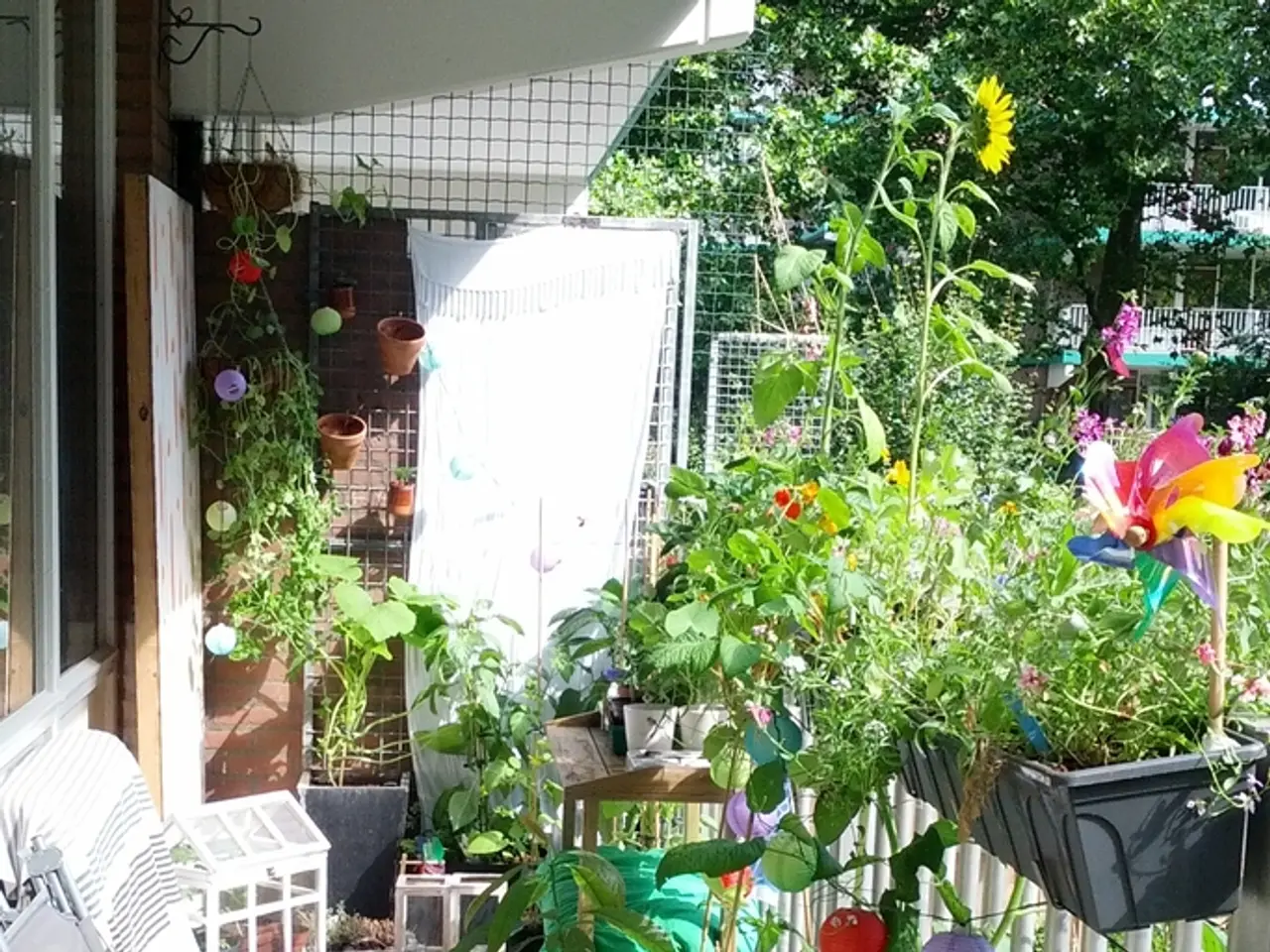Unveiling the Mystery: Identifying the Pests Damaging Your Garden Plants
Mastering the art of spotting plant pests is essential for every gardener, particularly those aiming for an organic garden. What follows is a guide to identifying some common garden pests and their organic solutions:
Recognizing Common Pests in Your Garden
1. Japanese Beetles:
- Identification: These shiny, oval-shaped beetles, about 1/4 inch long, have a metallic appearance.
- Damage: Japanese beetles chew through leaves, resulting in skeletonized foliage.
- Organic Remedies:
- Handpick them early in the morning while they are sluggish. Drop them into soapy water.
- Use traps placed at a safe distance from flower beds to lure them away.
- Apply neem oil or milky spore to minimize larvae in the soil.
2. Spider Mites:
- Identification: Tiny, almost invisible red or yellow mites, creating speckled and discolored leaves and fine webbing.
- Damage: These pests feed on plant cells, causing stunted growth and discoloration.
- Organic Remedies:
- Regularly wash plants to disrupt their habitat.
- Employ miticides or insecticidal soap.
- Prefer moist environments; spider mites thrive in dry conditions.
3. Whiteflies:
- Identification: Tiny, white-winged insects feeding on the underside of leaves.
- Damage: Whiteflies weaken plants by draining sap, also promote the growth of black sooty mold caused by their honeydew excretion.
- Organic Remedies:
- Use yellow sticky traps to capture adults.
- Apply insecticidal soap or neem oil.
- Encourage beneficial insects like ladybugs and lacewings.
4. Thrips:
- Identification: Elongated insects feeding on flowers and leaves.
- Damage: Cause stippling, deformed petals, and reduced flower yield.
- Organic Remedies:
- Prune and discard affected flowers.
- Apply insecticidal soap or spinosad.
- Use reflective mulch to deter them from landing.
5. Caterpillars:
- Identification: Large, worm-like insects that munch through leaves and petals.
- Damage: Severe destruction, leaving only stems behind.
- Organic Remedies:
- Handpick, relocate, or dispose of caterpillars.
- Use Bt (Bacillus thuringiensis), a natural bacterium that targets caterpillars.
- Attract birds, their natural predators.
6. Aphids:
- Identification: Small, soft-bodied insects feeding on sap.
- Damage: Cause curled leaves and promote the growth of sooty mold.
- Organic Remedies:
- Spray plants with water jets to dislodge aphids.
- Apply neem oil or insecticidal soap.
- Encourage beneficial insects like ladybugs and lacewings.
7. Cabbage Webworms:
- Identification: Caterpillars with tan and brown stripes that create protective webbing.
- Damage: Brown and ragged leaves, affecting buds and growing points.
- Organic Remedies:
- Handpick and remove caterpillars.
- Use Bt for control of infestations.
- Attract beneficial insects.
Organic Garden Pest Management Strategies
- Predatory Insects: Encourage beneficial insects like ladybugs, lacewings, and parasitic wasps.
- Physical Barriers: Use fine mesh or row covers to prevent pests from reaching plants.
- Organic Pesticides: Apply neem oil, insecticidal soap, and Bt for targeted pest control.
- Crop Rotation: Rotate crops to decrease pest populations and improve soil health.
- Companion Planting: Plant pest-repellent herbs and flowers alongside crops to naturally deter pests.
In the pursuit of an organic lifestyle and home-and-garden, gardeners often utilize various resources such as garden planners and garden printables for optimal planning. In the event of encountering common garden pests like Japanese beetles, spider mites, whiteflies, thrips, caterpillars, aphids, or cabbage webworms, proven organic remedies offer effective solutions. These include hand-picking and relocating caterpillars, using Bt (Bacillus thuringiensis) for control of infestations, or encouraging beneficial insects like ladybugs and lacewings. Aside from remedies, proactive strategies like predator insects, physical barriers, organic pesticides, crop rotation, and companion planting can strengthen the garden's overall health and reduce pest populations.







